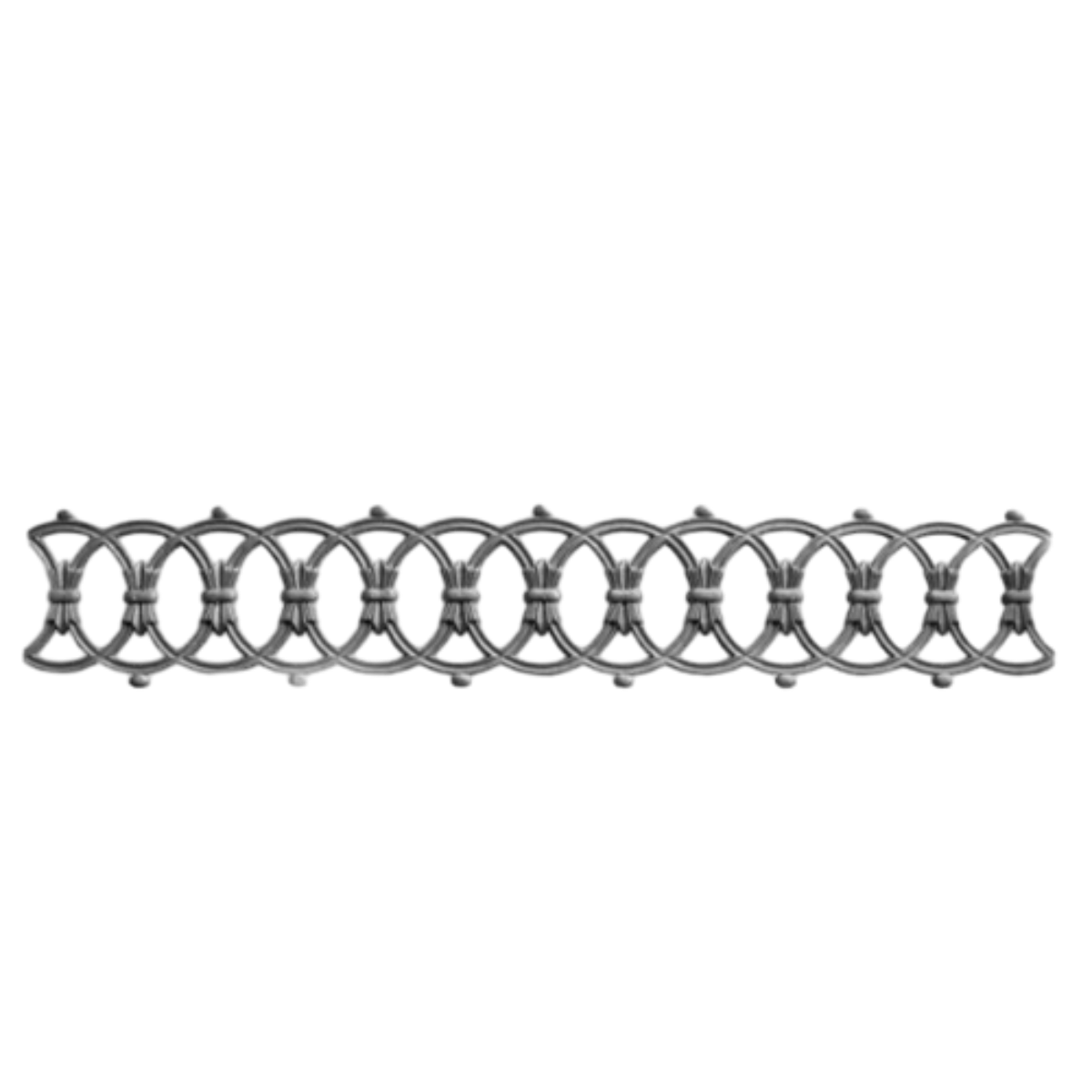ornamental iron castings
The Art and Craft of Ornamental Iron Castings
Ornamental iron castings represent a beautiful fusion of functionality and artistry, capturing the imagination of architects, designers, and homeowners alike. These intricate pieces of ironwork have graced countless structures, offering not just support and security, but also aesthetic appeal that can elevate the elegance of any space. From wrought iron railings to decorative gates, the versatility of ornamental iron castings has made them a favored choice for both contemporary and traditional designs.
Historical Significance
The use of iron in craftsmanship can be traced back to ancient civilizations, where it was initially utilized for practical and functional purposes. Over the centuries, as metallurgy advanced, artisans began to experiment with intricate designs and elaborate finishes. By the 18th and 19th centuries, particularly in Europe, the art of ornamental iron casting reached new heights. This period saw the development of elaborate balconies, gates, and fences adorned with intricate patterns and motifs, showcasing the skill and creativity of blacksmiths and metalworkers of the time.
The Casting Process
The creation of ornamental iron castings involves several meticulous steps that transform molten iron into stunning decorative pieces. The process begins with a design or pattern, which can range from simple geometric shapes to complex, organic forms inspired by nature. Once a design is finalized, a mold is created, typically made from sand or metal. The molten iron is then poured into the mold, where it cools and solidifies, taking on the shape of the design.
After the casting has cooled, it undergoes a variety of finishing processes, including sandblasting, polishing, and painting. This step not only enhances the visual appeal of the piece but also provides protection against the elements, ensuring that the ironwork remains durable and beautiful over time.
Aesthetic Appeal
One of the most compelling aspects of ornamental iron castings is their aesthetic versatility. They can be tailored to fit a variety of architectural styles, from the ornate Victorian to sleek modern designs. The use of decorative elements like scrolls, floral motifs, and geometric patterns allows for a range of expressions, enabling designers to personalize spaces to their exact specifications.
ornamental iron castings

Depending on the treatment and finish applied, ornamental iron can complement various materials, such as wood, glass, and stone. This adaptability makes it a popular choice in both residential and commercial settings. Whether used as a striking focal point in a garden, a charming addition to a balcony, or an elegant boundary for a property, ornamental iron castings add character and sophistication to any environment.
Applications of Ornamental Iron Castings
The applications of ornamental iron castings are virtually endless. In residential settings, homeowners often opt for decorative gates and fences that not only secure their properties but also enhance curb appeal. Garden trellises and arbors made from ornamental iron can create enchanting outdoor spaces, while railings and balustrades provide safety while adding an artistic touch to staircases and balconies.
In commercial environments, ornamental ironwork is frequently employed in storefronts, ensuring security while inviting customers in with its aesthetic charm. Restaurants and cafes use decorative iron furnishings, such as tables and chairs, to create inviting atmospheres that encourage patrons to linger. Additionally, ornamental iron is prevalent in public structures, from parks to monuments, where it contributes to the overall design and aesthetic legacy of the space.
Maintenance and Longevity
While ornamental iron castings are known for their durability, they do require some maintenance to ensure their longevity. Regular inspections and cleaning help to prevent rust and corrosion, particularly in regions with harsh weather conditions. Applying a protective coating or paint can significantly extend the life of the ironwork, preserving its beauty for generations to come.
Conclusion
Ornamental iron castings are more than mere decor; they embody a rich tradition of craftsmanship that combines artistry and engineering. Their historical significance, diverse applications, and aesthetic appeal make them an enduring choice for anyone looking to add a touch of elegance to their space. As we continue to innovate and explore new design possibilities, the timeless beauty of ornamental iron castings will undoubtedly remain a cherished element in the world of architecture and design.
-
Wrought Iron Components: Timeless Elegance and Structural StrengthNewsJul.28,2025
-
Window Hardware Essentials: Rollers, Handles, and Locking SolutionsNewsJul.28,2025
-
Small Agricultural Processing Machines: Corn Threshers, Cassava Chippers, Grain Peelers & Chaff CuttersNewsJul.28,2025
-
Sliding Rollers: Smooth, Silent, and Built to LastNewsJul.28,2025
-
Cast Iron Stoves: Timeless Heating with Modern EfficiencyNewsJul.28,2025
-
Cast Iron Pipe and Fitting: Durable, Fire-Resistant Solutions for Plumbing and DrainageNewsJul.28,2025
-
 Wrought Iron Components: Timeless Elegance and Structural StrengthJul-28-2025Wrought Iron Components: Timeless Elegance and Structural Strength
Wrought Iron Components: Timeless Elegance and Structural StrengthJul-28-2025Wrought Iron Components: Timeless Elegance and Structural Strength -
 Window Hardware Essentials: Rollers, Handles, and Locking SolutionsJul-28-2025Window Hardware Essentials: Rollers, Handles, and Locking Solutions
Window Hardware Essentials: Rollers, Handles, and Locking SolutionsJul-28-2025Window Hardware Essentials: Rollers, Handles, and Locking Solutions -
 Small Agricultural Processing Machines: Corn Threshers, Cassava Chippers, Grain Peelers & Chaff CuttersJul-28-2025Small Agricultural Processing Machines: Corn Threshers, Cassava Chippers, Grain Peelers & Chaff Cutters
Small Agricultural Processing Machines: Corn Threshers, Cassava Chippers, Grain Peelers & Chaff CuttersJul-28-2025Small Agricultural Processing Machines: Corn Threshers, Cassava Chippers, Grain Peelers & Chaff Cutters












